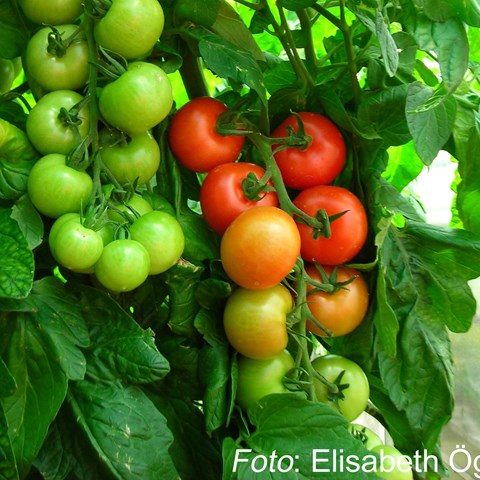Project manager: Birgitta Båth, Department of Crop Production Ecology, SLU
This two-year project will investigate the effects of some common soil improvers and fertilisers on pH. The project will be based on the existing conditions in three production units included in the participatory research group and will begin with characterisation of soil nutrient status in the three production units, which represent different fertilisation strategies. These soils will be used throughout the project’s sub-studies, which will be carried out on-site and at small scale at SLU-Uppsala. Nitrogen and phosphorus availability in the soil in the production units and uptake in the plant will be monitored once a week for 10 weeks.
In incubation and greenhouse experiments at SLU, the pH decrease after application of:
- unlimed peat
- urine
- silage
- kieserite and
- blood meal
will be compared with the pH decrease after application of oxalic acid.
We will also investigate whether lowering the pH increases phosphorus uptake and elevates the nitrogen concentration in the tomato plant and whether any increase that occurs in phosphorus availability affects the uptake of zinc, copper, iron and manganese. Through antagonism during uptake by the plant, high availability of phosphorus can cause deficiency of these elements.
In greenhouse experiments we will also investigate how straw affects nitrogen and phosphorus availability in the tomato beds. After application of a readily available carbon source such as straw, the soil microflora multiplies and during subsequent turnover of this microflora, immobilised plant nutrients are released and made available to plants. Organic acids are released simultaneously and these temporarily lower the pH and form stable chelates with aluminium, calcium and iron, which decreases phosphorus immobilisation. Nitrogen is also immobilised in the microflora after addition of straw but since unlike phosphorus nitrogen is not immobilised in poorly degradable compounds, the net affect of straw addition can be expected to be negative in the case of nitrogen.
